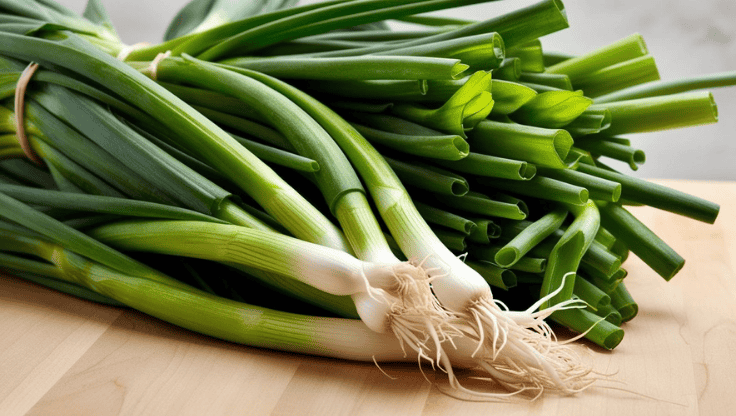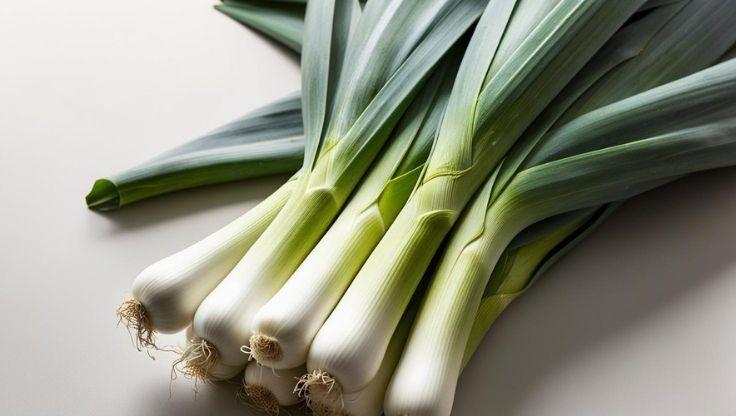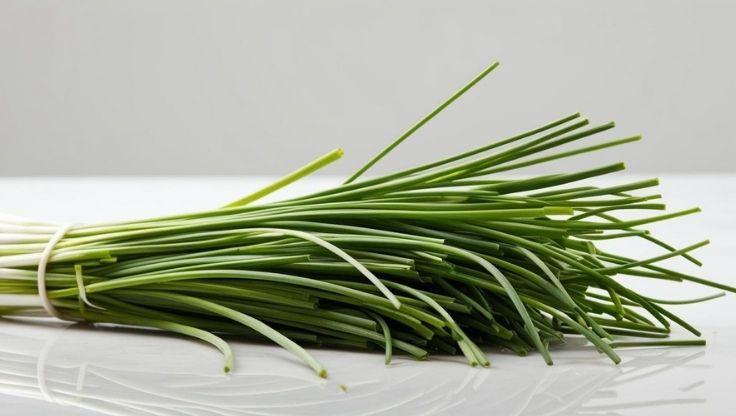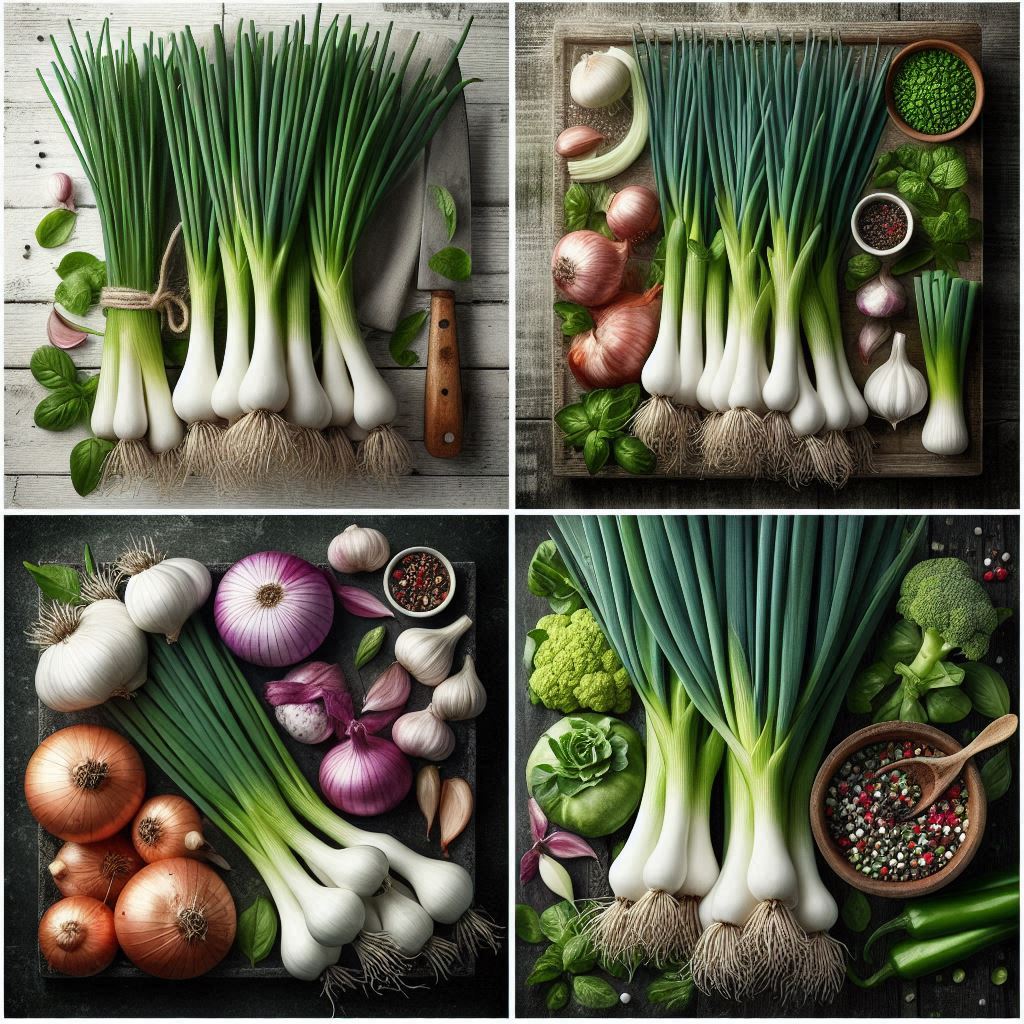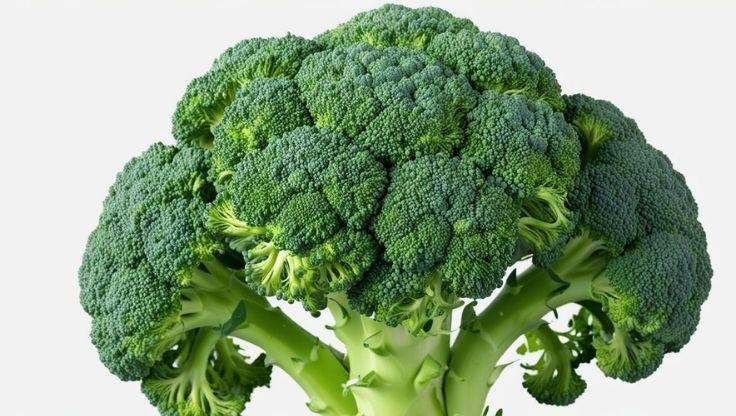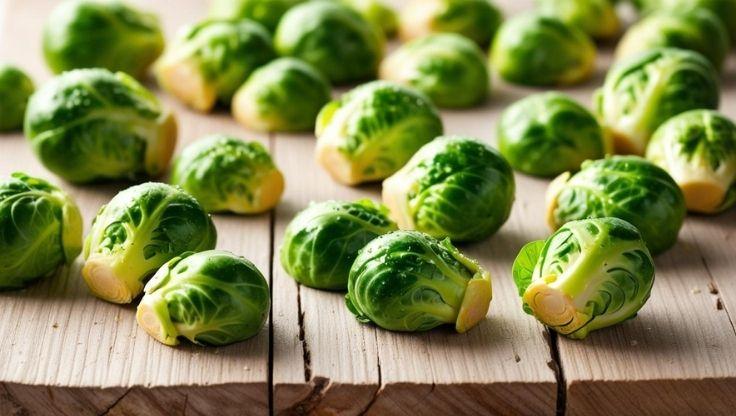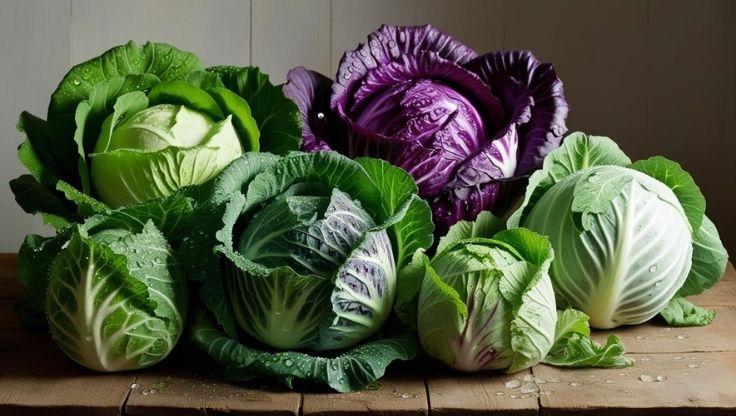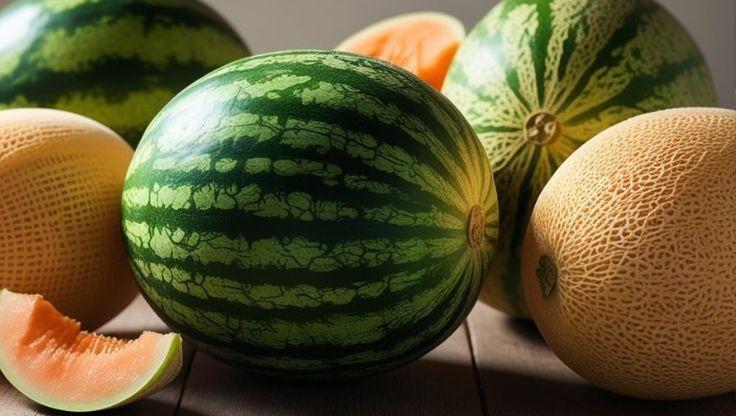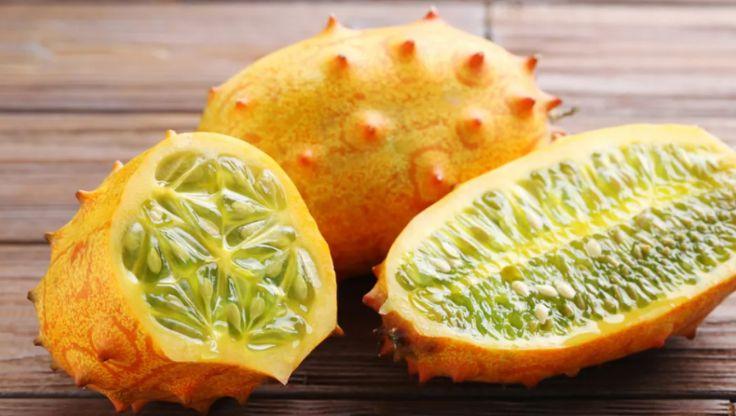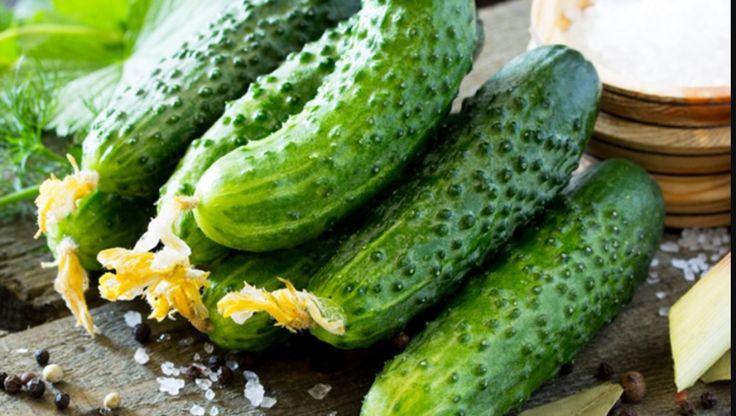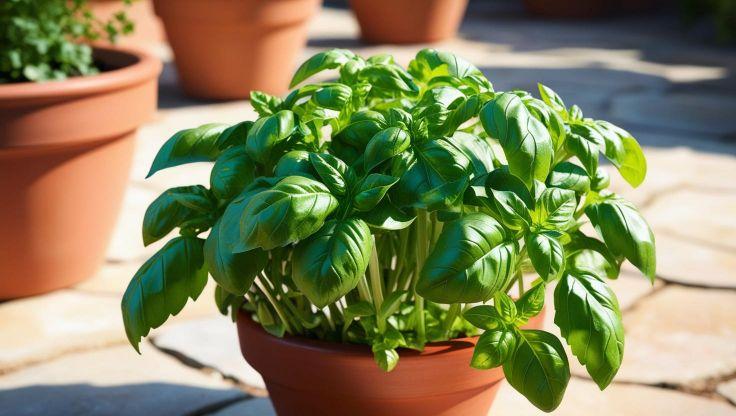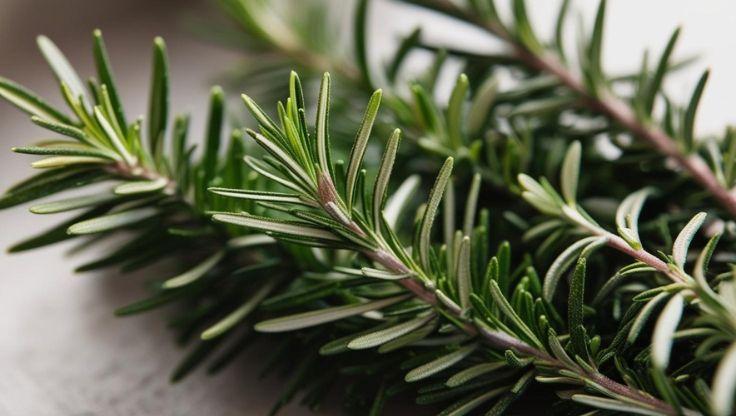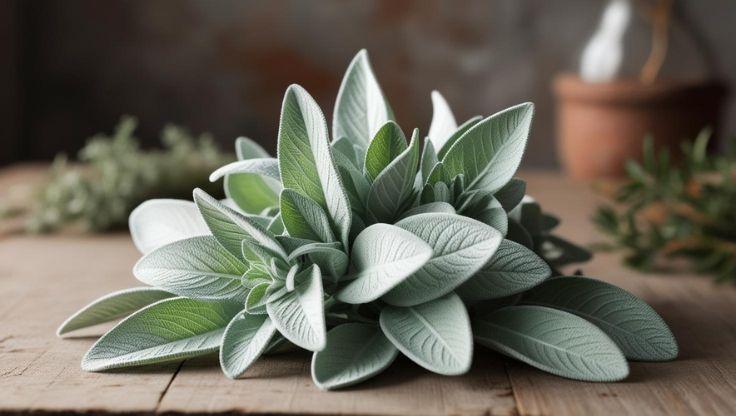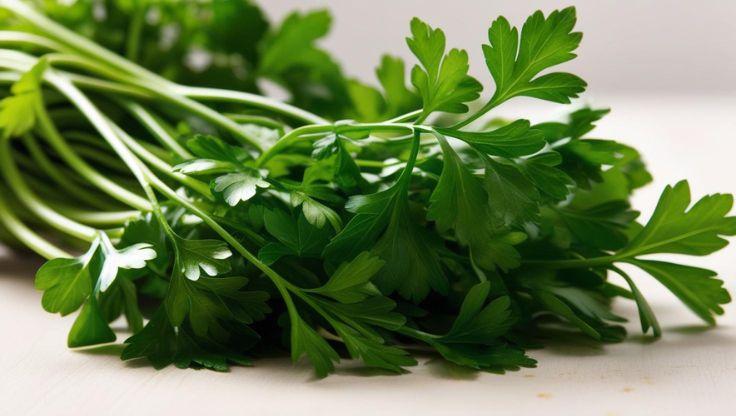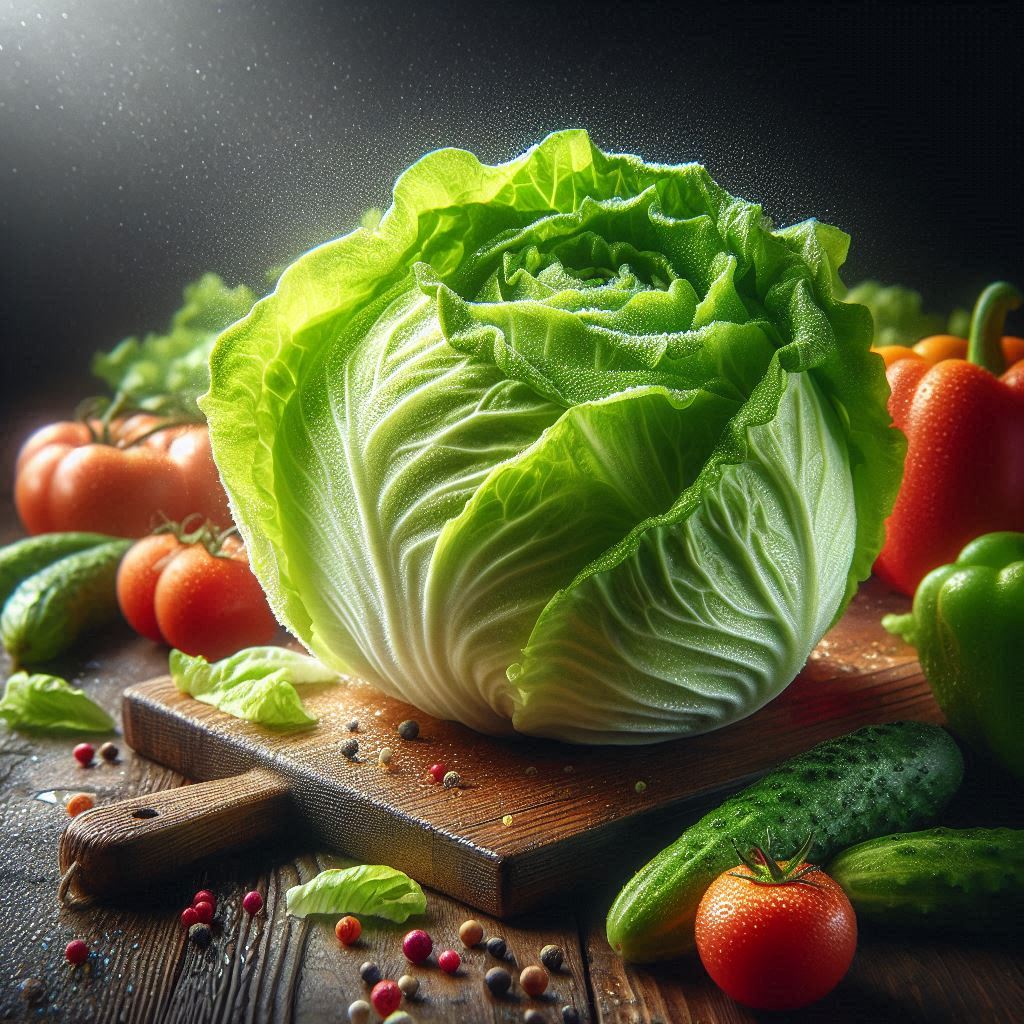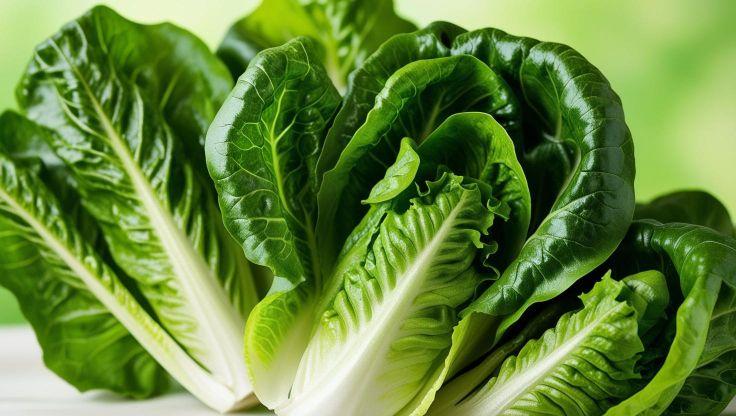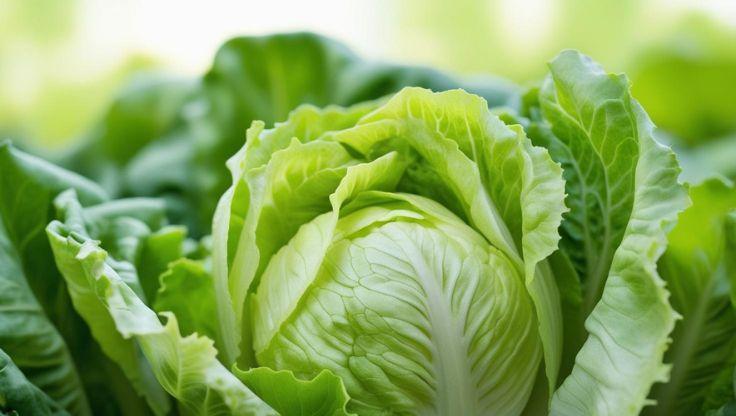Hydroponic Plants: Tarragon and Its Cultivation in Hydroponic Systems
Tarragon (Artemisia dracunculus) is a fragrant herb prized for its culinary and medicinal benefits. Originating from Eurasia, hydroponic plants like tarragon flourish in controlled environments, offering faster growth and improved nutrient uptake. Compared to traditional soil-based farming, hydroponic systems provide enhanced sustainability, fewer pest challenges, and year-round production.

Hydroponic Growing Conditions of Tarragon
Tarragon (Artemisia dracunculus) is a highly valued herb in culinary and medicinal applications. Growing hydroponic plants like tarragon offers numerous advantages, including controlled nutrient delivery, faster growth, and higher yields. To ensure optimal development, maintaining precise environmental conditions is essential.
Optimal pH and EC Levels
For hydroponic tarragon, maintaining the correct pH and electrical conductivity (EC) levels is crucial for nutrient absorption and plant health:
- pH Range: 5.5–6.5 – This slightly acidic range ensures efficient uptake of essential nutrients.
- EC Levels: 1.5–2.5 mS/cm – This conductivity range supports balanced nutrient availability, preventing deficiencies or toxicities.
Regular monitoring and adjustments of the nutrient solution help maintain these parameters, ensuring robust growth and high-quality yields.
Environmental Requirements for Hydroponic Tarragon
Creating an ideal hydroponic environment for tarragon involves precise control over light, temperature, and humidity:
Light Requirements
Tarragon thrives under 12–16 hours of LED or fluorescent lighting daily. Adequate light exposure promotes photosynthesis, ensuring strong foliage development and enhanced flavor.
Temperature Control
Maintaining a stable temperature between 18–25°C is ideal for hydroponic tarragon. This range supports consistent growth while preventing stress-related issues.
Humidity Management
Optimal humidity levels should be maintained between 40–70% to prevent fungal diseases and encourage healthy root development. Proper air circulation and humidity control systems help regulate moisture levels.
Advantages of Hydroponic Tarragon Cultivation
Growing hydroponic plants like tarragon offers several benefits over traditional soil-based methods:
- Efficient water usage – Hydroponic systems use up to 90% less water than conventional farming.
- Year-round production – Controlled environments allow for consistent growth, regardless of seasonal changes.
- Higher yields – Hydroponic tarragon grows faster and healthier, producing nutrient-dense leaves.
- Reduced pesticide use – Soil-borne diseases and pests are minimized, leading to cleaner, safer produce.
By integrating hydroponic techniques, tarragon can be cultivated sustainably while maintaining its culinary excellence and medicinal benefits
Cultivation Process of Tarragon in Hydroponic Systems
Seed Placement and Germination
For successful hydroponic cultivation, tarragon seeds should be placed one per hole in hydroponic trays to allow adequate space for root development. The germination process typically begins within 7–14 days, depending on environmental conditions such as temperature and humidity.
Once seedlings establish strong root systems, they are transplanted into hydroponic growing channels or nutrient-rich reservoirs. This method ensures efficient nutrient absorption, leading to vigorous growth and higher yield potential.
Growth Timeline and Maturity
After transplanting, hydroponic tarragon reaches maturity within 8–12 weeks, making it a relatively fast-growing herb compared to traditional soil-based cultivation. The controlled environment of hydroponic systems allows for consistent growth rates, ensuring year-round production without seasonal limitations.
Regular monitoring of pH levels (5.5–6.5) and electrical conductivity (EC) levels (1.5–2.5 mS/cm) is essential to maintain optimal nutrient balance. Proper light exposure (12–16 hours daily) and temperature regulation (18–25°C) further enhance plant development.
Popular Tarragon Varieties for Hydroponic Gardens
Two widely cultivated tarragon varieties adapt well to hydroponic gardens:
- French Tarragon (Artemisia dracunculus var. sativa) – Known for its strong anise-like flavor, this variety is preferred in culinary applications. However, it does not produce viable seeds and must be propagated through cuttings or root divisions.
- Russian Tarragon (Artemisia dracunculus var. inodora) – More robust and adaptable, Russian tarragon can be grown from seeds, making it a practical choice for hydroponic cultivation. While its flavor is milder than French tarragon, it thrives in controlled hydroponic environments.
Uses and Benefits of Tarragon in Hydroponic Cultivation
Tarragon (Artemisia dracunculus) is a highly valued herb known for its distinct anise-like flavor and numerous health benefits. Growing hydroponic plants like tarragon ensures optimal nutrient absorption, faster growth, and higher yields, making it an excellent choice for sustainable cultivation.
Culinary Applications of Hydroponic Tarragon
Tarragon is a staple in French cuisine, enhancing the taste of fish, poultry, sauces, and vinaigrettes. Its mild licorice-like flavor pairs well with a variety of dishes:
- Seafood and poultry – Tarragon complements delicate proteins, adding depth to grilled fish, roasted chicken, and creamy sauces.
- Sauces and dressings – It is a key ingredient in béarnaise sauce, tarragon-infused vinaigrettes, and herb butter.
- Egg-based dishes – Scrambled eggs, omelets, and quiches benefit from its aromatic profile.
- Vegetable preparations – Tarragon enhances roasted carrots, potatoes, and asparagus, adding a gourmet touch.
Hydroponic cultivation ensures consistent flavor intensity, making it a preferred method for chefs and home cooks alike.
Medicinal Properties of Hydroponic Tarragon
Tarragon is packed with antioxidants and anti-inflammatory compounds, contributing to various health benefits:
- Digestive health – Tarragon stimulates digestion, reducing bloating and discomfort.
- Circulatory support – It helps regulate blood pressure and improves circulation.
- Immune function – Rich in vitamin C and polyphenols, tarragon strengthens the immune system.
Additionally, studies suggest that tarragon may enhance insulin sensitivity, making it beneficial for blood sugar regulation.
Research for expert insights
Here are some expert sources and research articles on hydroponic tarragon cultivation:
|
Company/Institution |
Article Title |
Article Link |
|---|---|---|
|
MDPI |
Application of a Hybrid Model for Data Analysis in Hydroponic Systems |
|
|
ResearchGate |
Performance on Nutritive Solution Utilization by Tarragon (Artemisia dracunculus L.) Cultivated in Hydroponic |
|
|
IGWorks |
Growing Hydroponic Tarragon |
A detailed exploration of the subject makes their insights an exceptional resource for readers looking to enhance their comprehension.


